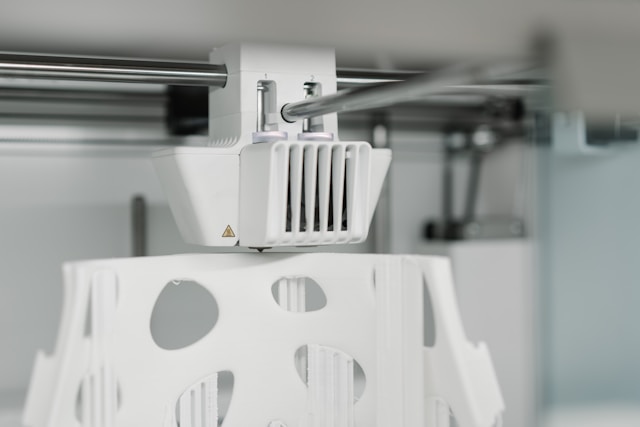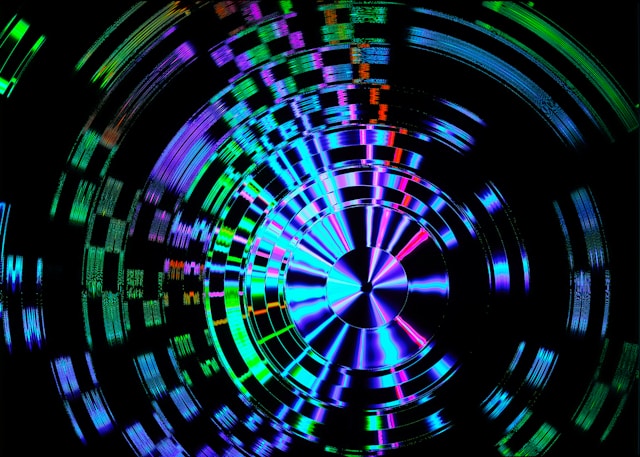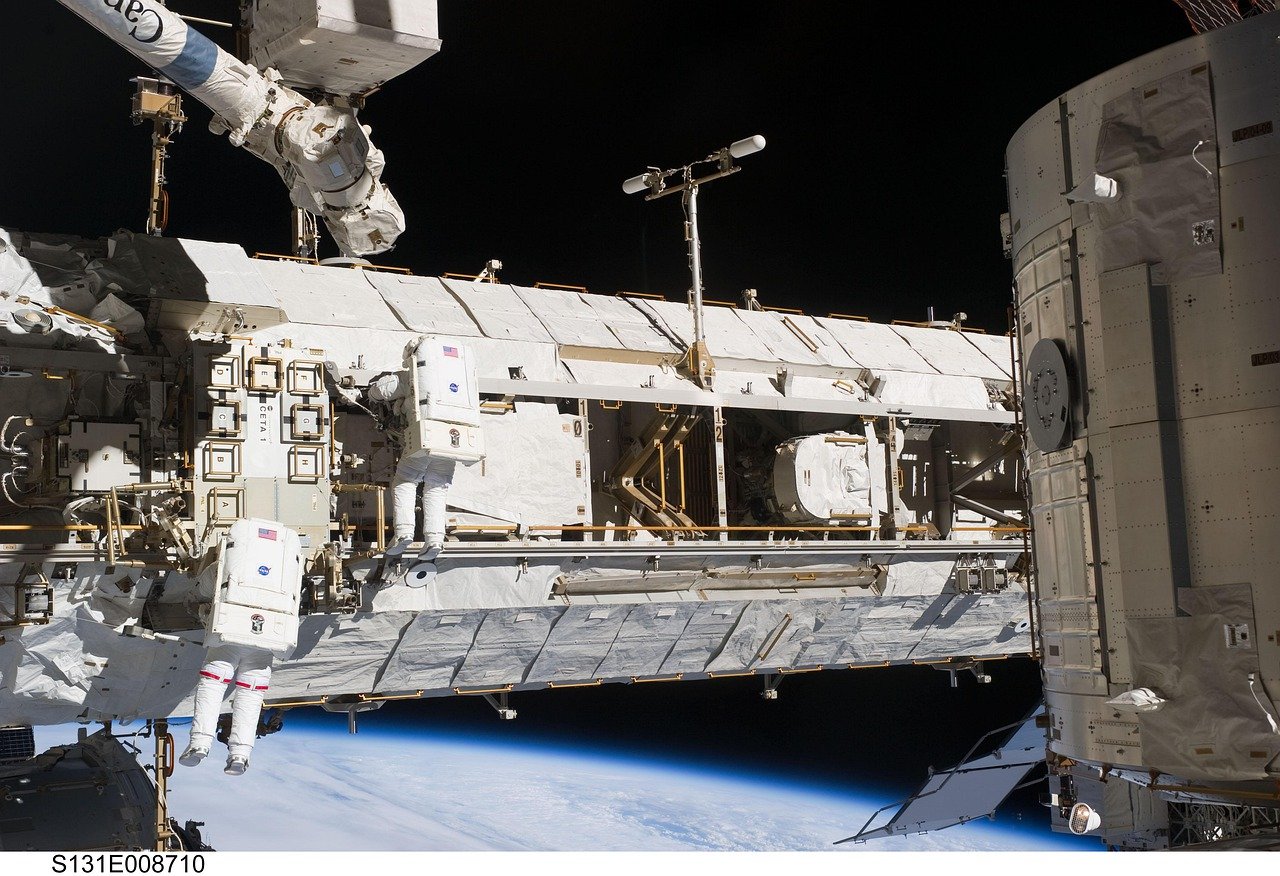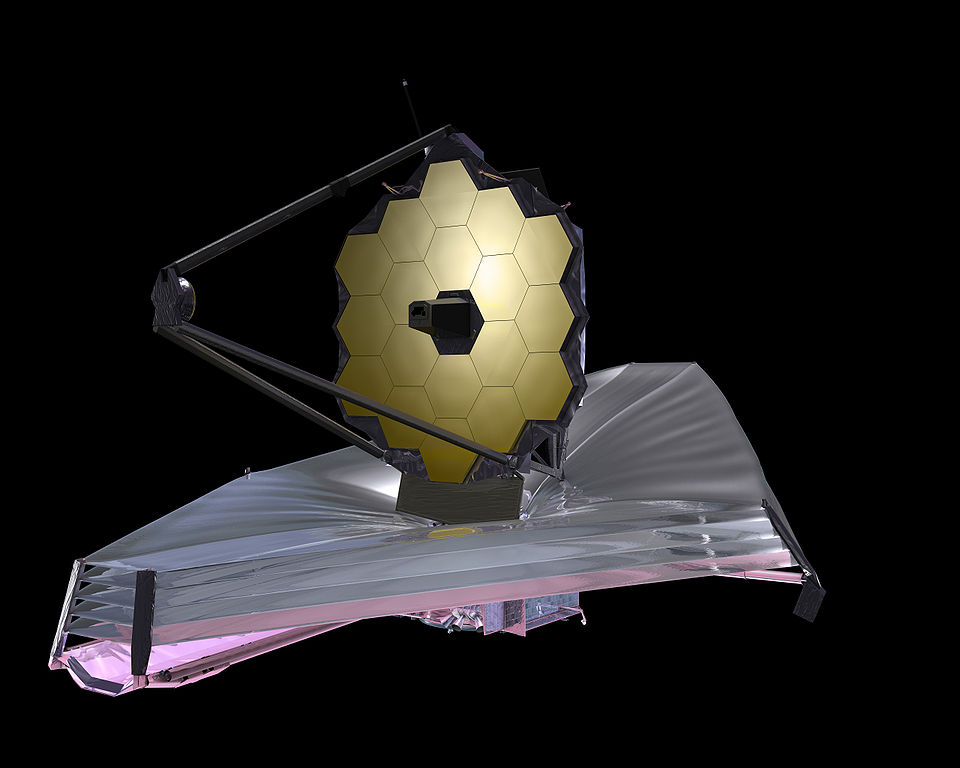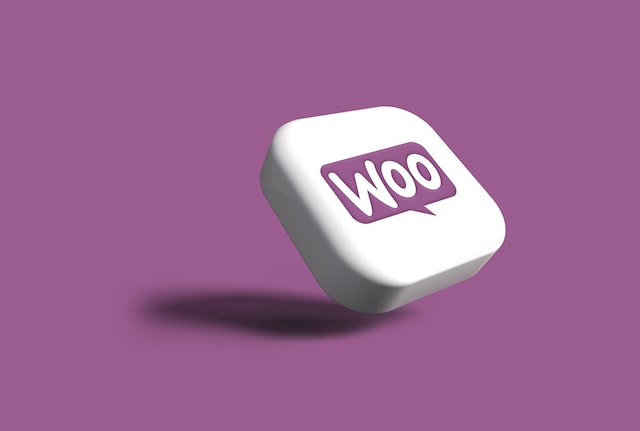In the grand tapestry of human history, the story of manufacturing unfolds as a saga of relentless innovation and progress. From the ancient artisans meticulously crafting artifacts by hand to the thundering roar of industrial machinery during the heyday of the manufacturing revolution, each chapter bears witness to the insatiable human quest for efficiency and advancement. However, amidst this rich narrative, a new protagonist has emerged – 3D printing. This technology, with its origins rooted in the fertile soil of imagination and ingenuity, promises to rewrite the rules of mass production in ways never before imagined.
Exploring the Intricacies of Precision in 3D Printing
In the realm of manufacturing, precision is not merely a goal but a necessity for ensuring quality and reliability. When it comes to 3D printing, achieving precision is akin to mastering the intricate mechanics of a well-designed slot machine. Each layer of material deposited by the printer must align flawlessly with the next, much like the seamless operation of the gears and levers in a slot machine. This level of precision is not easily attained it requires meticulous calibration of print heads, precise control of temperature and humidity, and the use of high-quality materials. Just as a slot machine’s precision ensures fair and consistent outcomes, the precision in 3D printing guarantees the production of accurate and reliable parts and products.
Innovations Driving the Advancement of 3D Printing Technology
The advancement of 3D printing technology is fueled by a constant quest for innovation, much like the continuous evolution of slot machines. Engineers and researchers are constantly exploring new materials and techniques to enhance the precision and capabilities of 3D printers. From biocompatible resins for medical applications to high-strength alloys for aerospace components, the range of materials available for 3D printing continues to expand. Moreover, advancements in software algorithms and machine learning enable printers to optimize printing parameters in real time, further enhancing precision and efficiency. As these innovations continue to unfold, the impact of 3D printing on mass production will only grow, reshaping industries and revolutionizing the way we manufacture goods.
Case Study: Automotive Industry and 3D Printing
Embarking on the road of innovation, the automotive industry has embraced 3D printing as a catalyst for change. Pioneering companies such as Ford and Volkswagen are revolutionizing their manufacturing processes by integrating 3D printing technology. Through the utilization of additive manufacturing, these companies can fabricate intricate car parts with unparalleled precision and efficiency. From custom interior components to lightweight structural elements, 3D printing empowers automakers to optimize designs for performance and aesthetics while simultaneously reducing production costs. Additionally, the ability to produce spare parts on-demand has streamlined supply chains and minimized vehicle downtime, enhancing customer satisfaction and loyalty.
Case Study: Aerospace Industry and 3D Printing
Meanwhile, soaring through the skies of innovation, the aerospace industry has elevated 3D printing to new heights. Giants like Airbus and Lockheed Martin are leveraging additive manufacturing technologies to create cutting-edge aircraft and spacecraft components. By harnessing the capabilities of 3D printing, these companies can produce lightweight, high-strength parts that withstand the extreme conditions of space and aviation. The flexibility offered by additive manufacturing allows for rapid prototyping and iteration, accelerating the development of next-generation aircraft and spacecraft. Furthermore, the adoption of 3D printing has streamlined production processes and reduced material waste, aligning with the industry’s commitment to sustainability and efficiency.
Efficiency and Consistency in Manufacturing Processes
Imagine a well-designed slot machine, flawlessly spinning its reels with precision and consistency. This analogy aptly captures the essence of integrating 3D printing technology into manufacturing processes. Traditional methods often involve numerous stages, each susceptible to errors and variations. However, with 3D printing, the process becomes streamlined, akin to the smooth operation of a slot machine. Designs are translated directly into physical objects with minimal manual intervention, ensuring consistent quality across production runs. This efficiency not only enhances productivity but also allows for quicker adaptation to market demands.
Streamlining Production with 3D Printing Technology
Beyond efficiency, 3D printing revolutionizes production by simplifying complex processes. By eliminating the need for molds and tooling, manufacturers can reduce upfront costs and production lead times. Intricate parts that once required multiple components can now be seamlessly printed in one go, further enhancing efficiency. Moreover, the ability to produce on-demand and in-house reduces reliance on external suppliers, granting greater control over production schedules and quality assurance. This streamlining of production processes empowers companies to optimize their supply chains, minimize waste, and deliver products to market with unprecedented speed and precision.
Reflecting on the Impact of 3D Printing in Mass Production
As we wrap up our exploration of 3D printing’s influence on mass production, it’s evident that this technology has catalyzed a paradigm shift in manufacturing processes. From its inception, 3D printing has disrupted traditional methods, offering unparalleled flexibility, precision, and efficiency. By enabling the creation of complex geometries with minimal waste and setup time, 3D printing has not only improved product quality but also reduced costs and lead times. The automotive and aerospace industries, among others, have embraced this technology, leveraging it to optimize designs, streamline production, and stay competitive in dynamic markets.
Looking Ahead: Future Prospects and Challenges
As we gaze into the future, the potential of 3D printing in mass production appears limitless. Advances in materials science, printer technology, and software algorithms promise to further enhance the capabilities and accessibility of 3D printing. However, challenges lie ahead, including the need for standardization, scalability, and sustainability. Balancing innovation with responsibility will be crucial in addressing these challenges and ensuring that 3D printing continues to propel the manufacturing industry forward.
Emphasizing the Role of Innovation in Shaping the Manufacturing Landscape
In closing, it’s essential to underscore the pivotal role of innovation in shaping the manufacturing landscape. Just as the Katmandu Gold Demo showcases the seamless integration of technology and creativity, so too does 3D printing epitomize the fusion of innovation and manufacturing prowess. By fostering a culture of innovation and embracing emerging technologies, we can unlock new opportunities, drive efficiency, and redefine the boundaries of what’s possible in mass production. As we stand on the cusp of a new era in manufacturing, let us embrace the challenges and opportunities that lie ahead, knowing that with innovation as our compass, the possibilities are endless.

